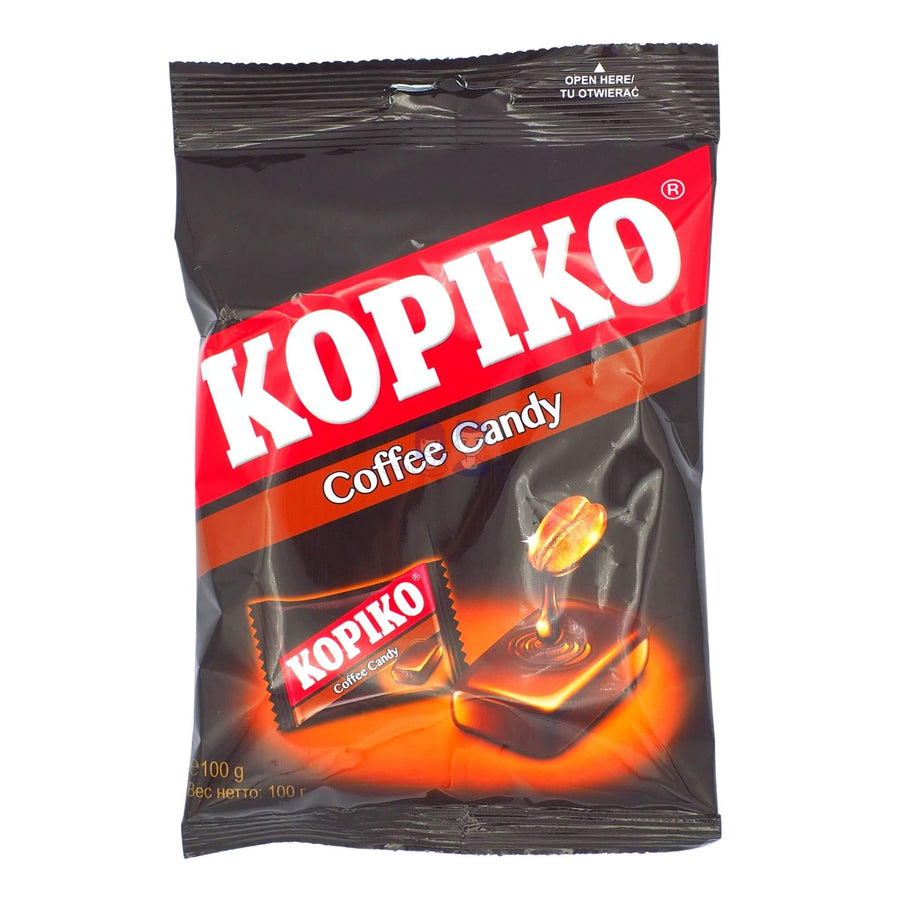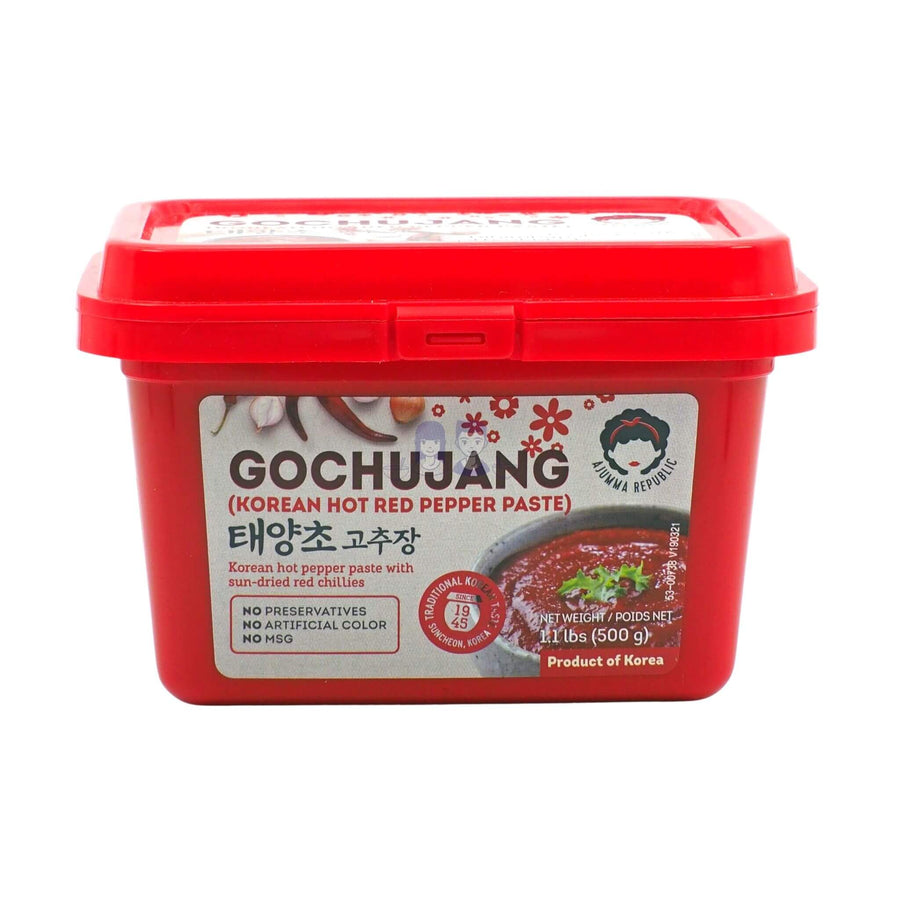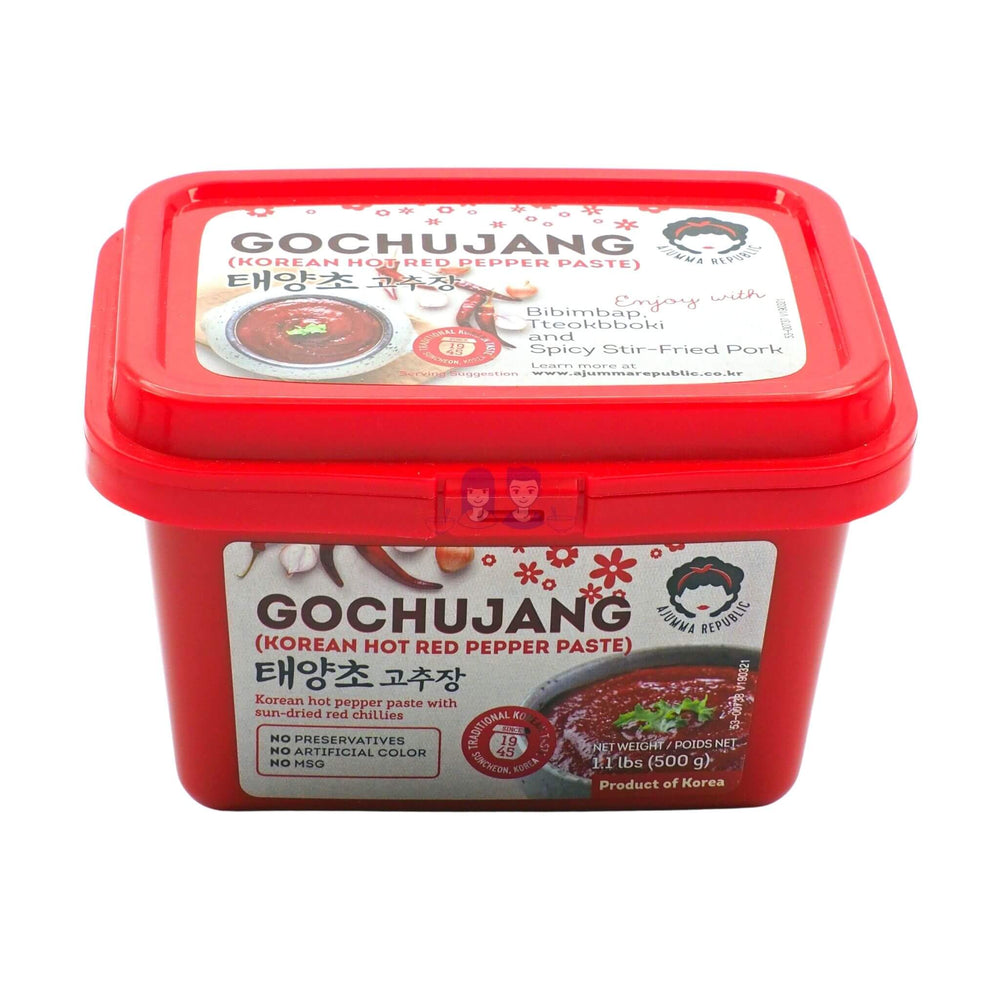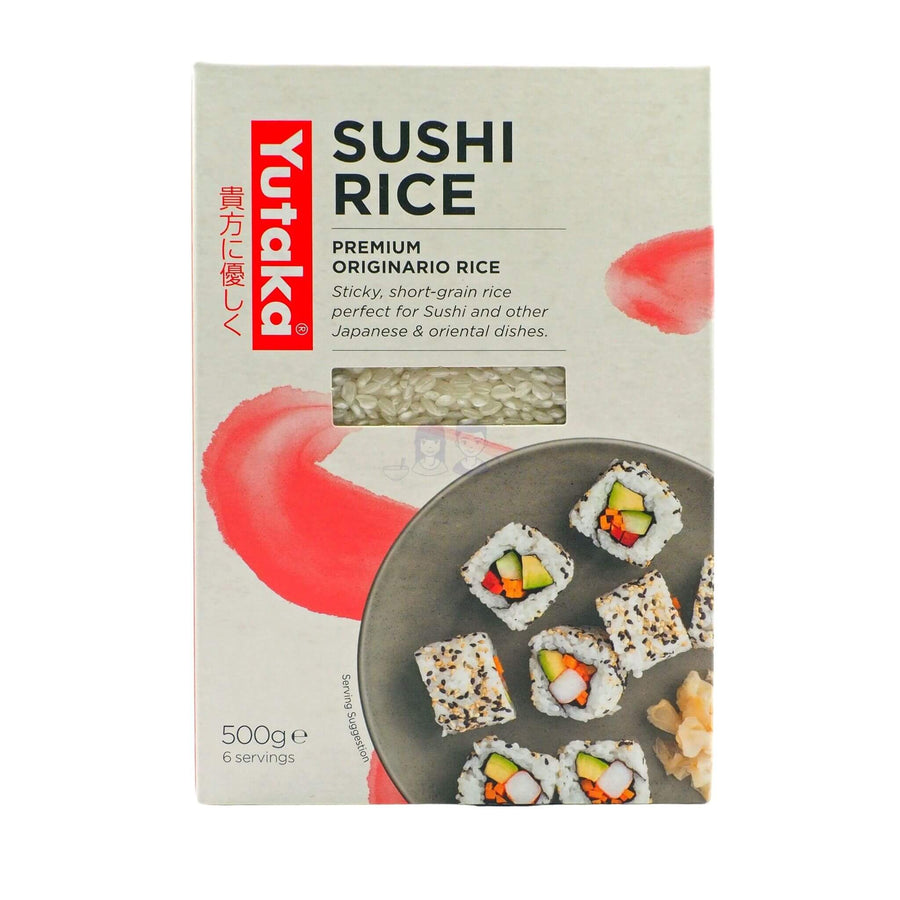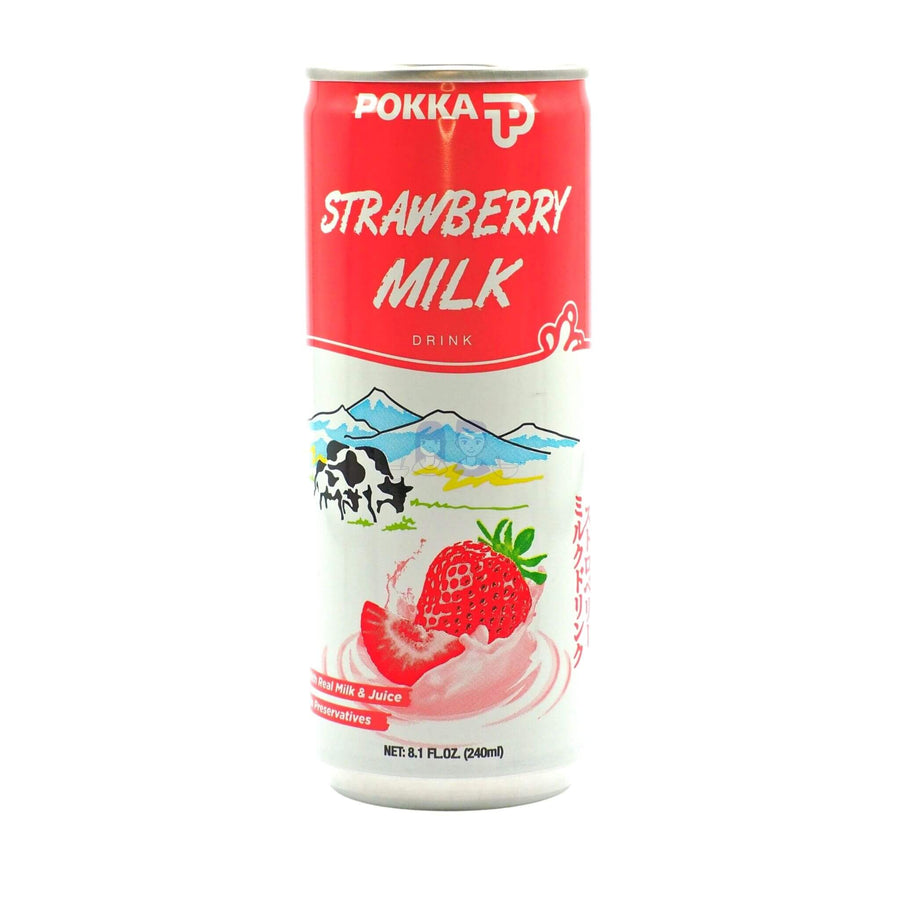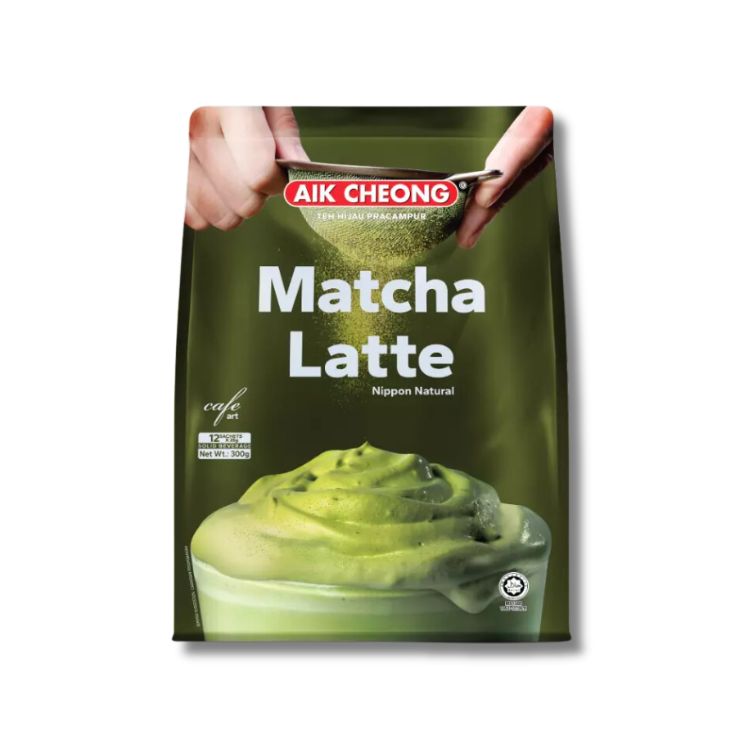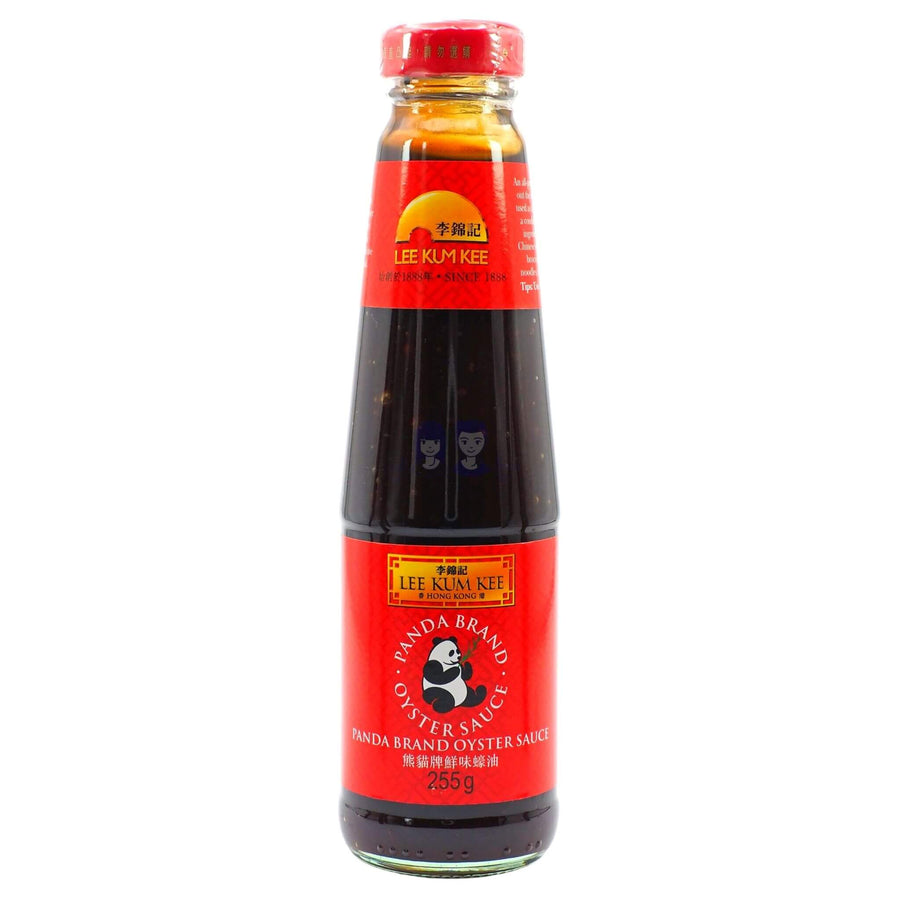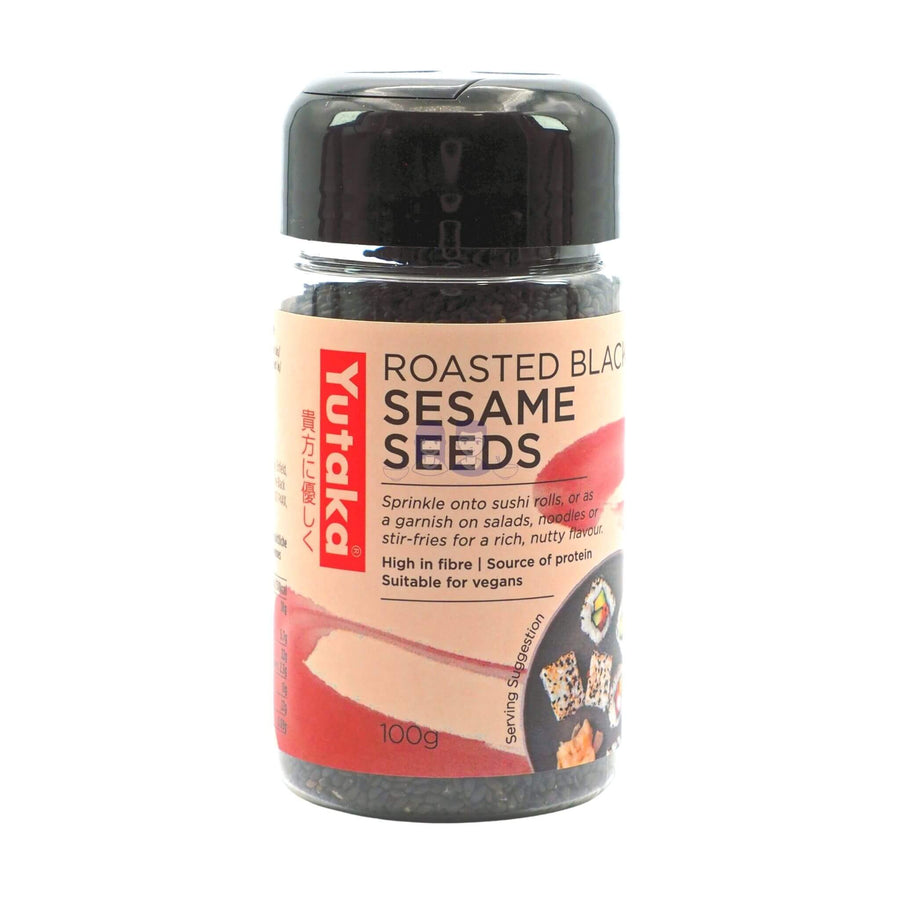20 Essential Thai Ingredients For Your Kitchen!
When we think of Thai cuisine, we think of bold and fresh flavours. It's a cuisine that has perfected the art of balancing heat, sourness, saltiness and sweetness - sometimes all in one dish! Authentic Thai flavours may taste complex but in reality, they can often be easily made at home with a few quality Thai ingredients on hand!
In our opinion, the beauty of Thai cuisine lies not only in its ingredients but also in the traditional cooking process. It's in the rhythmic stir-frying in a wok, the gentle simmering of rich curries, and the steady grinding of herbs and spices with a pestle and mortar - each movement building layers of deep, vibrant flavour.
Traditional Thai cooking methods embrace techniques that have been passed down through generations. These methods, like mortar and pestle grinding for fresh curry pastes or clay pot cooking for soups, ensure that each dish retains the essence of its origin.
Ingredient Categories
To help you navigate these essential Thai ingredients, we've grouped them into five key categories:
Staples: Core essentials such as coconut milk, sticky rice, and rice noodles - the foundation of many iconic Thai dishes.
Sauces and Condiments: Flavour-packed essentials including soy sauce, fish sauce, curry pastes, sriracha, and rice vinegar that bring depth, umami, and boldness to Thai cooking.
Herbs and Spices: Aromatic staples like Thai basil, lemongrass, galangal, shallots, garlic, black and white pepper, and chillies that build layers of authentic, vibrant flavour.
Produce: Fresh ingredients such as lime, kaffir lime leaves, and Thai aubergine that add zest, fragrance, and crunch to Thai recipes.
Sweeteners: Natural sweeteners like palm sugar and tamarind that balance bold, spicy flavours with richness and tang.
As we explore each ingredient, you'll discover how they work together to create the harmony, balance, and boldness that define Thai cuisine.
Read on to learn about 20 essential Thai ingredients including several of our favourites.
→ Shop now: Our handpicked range of Thai ingredients for your pantry
Staples
These core essentials form the foundation of many iconic Thai dishes.
#1 Coconut Milk (Gati)
One of the cornerstone ingredients of Thai cooking, coconut milk or 'gati' is extracted and squeezed from the flesh of a mature coconut. It's added to Thai curries, soups and desserts for a creamier, sweeter, more aromatic finish. Although fresh is ideal, canned coconut milk also works well as a substitute. We love using coconut milk to make our homemade Thai Green Curry.
Tip: Fresh coconut milk has a natural sweetness and depth of flavour that's hard to match. If using canned, shake well before opening to mix separated layers.
Use Hack: If a recipe requires thick and thin coconut milk, use the creamy top part for the thick milk and the watery portion for the thin.

→ Shop now
#2 Sticky Rice (Khao Niao)
Thai sticky rice is a soft and chewy rice that can be eaten for both sweet and savoury dishes. A popular sticky rice dessert is Thai Mango Sticky Rice, where coconut milk is mixed with sticky rice and served with ripe, sweet mangoes. In stores, sticky rice is also known as 'sweet rice' or 'glutinous rice' - do look out for rice from Sanpatong, a Thai district that produces a popular variety of sticky rice!

→ Shop now
#3 Rice Noodles (Sen Lek)
If you're thinking of Pad Thai ingredients, you need to be thinking of rice noodles! Rice noodles are made of rice flour and these light, silky strands are used in classic noodle dishes such as Pad Thai, Pad See Ew (Thai Stir-Fried Noodles) and Pad Kee Mao (Thai Drunken Noodles).
Tip: Soak rice noodles in cold water for 30 minutes before cooking to prevent them from getting too soft when stir-frying.

→ Shop now
#4 Tofu (Tao Hu)
While not a traditional Thai invention, tofu has become a popular protein option in many Thai dishes, especially vegetarian versions of classics like Pad Thai and Thai Green Curry. Firm tofu is best for stir-fries, while soft tofu works well in soups.
Tip: Press tofu before cooking to remove excess water and help it absorb flavours better.

→ Shop now
#5 Peanuts (Tua Li Song)
Crushed roasted peanuts are a beloved topping in Thai cuisine, adding crunch, nuttiness, and depth to dishes like Pad Thai and Som Tum (green papaya salad). They're typically sprinkled just before serving to add a burst of texture and flavour.
Tip: Use unsalted, dry-roasted peanuts for the best flavour. Lightly crush them using a mortar and pestle or rolling pin.
Hack: If you can't find dry-roasted peanuts, you can quickly roast raw peanuts in a dry pan over medium heat until golden and fragrant.
Sauces and Condiments
Flavour-packed staples that add depth, umami, and boldness to Thai cuisine.
#6 Soy Sauce (See Ew)
Thai soy sauce comes in a few varieties: light, mushroom light, dark and sweet. In general, Thai soy sauce stands apart from its other counterparts as it is less salty and balanced with sugar. The light varieties can be used for stir-fries and braises, the dark to colour dishes and the sweet for dipping sauces.
Tip: Store opened soy sauce in the refrigerator to maintain its flavour.

→ Shop now
#7 Thai Fish Sauce (Nam Pla)
Fish sauce is one of the most popular Asian sauces and an essential Thai ingredient made by fermenting fish such as anchovies with salt and water. The resulting sauce is used to add umami and savoury flavour to Thai dishes and is very commonly used as a dipping sauce when combined with fresh chillies. Household brands include Squid and Tiparos.
In Thailand, Nam Pla is considered the lifeblood of Thai cooking, forming the backbone of traditional dishes like Pad Thai and Som Tum (green papaya salad), highlighting its cultural importance.
Tip: As it's strong, start with a small amount and adjust to taste. Read our guide on what is fish sauce for more tips.
Hack: If you find the smell too overpowering, you can mix it with lime juice to balance the aroma.

→ Shop now
#8 Thai Curry Paste (Prik Gaeng)
Want to enjoy a delicious Thai curry but don't want to make it from scratch? Not to worry, these days there are many Thai curry pastes, from red curry to green curry, readily available in stores. Red and green curry have similar ingredient bases except that red uses dried red chillies and green uses fresh green chillies. They are also some of the most popular South East Asian curries. Popular brands include Mae Ploy and Aroy-D.
Use Hack: If you prefer a milder curry, use half the amount of paste and dilute with coconut milk.

→ Shop now
#9 Sriracha (Sriracha)
Despite Sriracha's humble origins, named after a small town in Thailand, it has become such a household item in Western pantries that people sometimes don't realise that it's a Thai ingredient. Sriracha adds a spicy, tangy kick to food and is often used in Thai cuisine as a dipping sauce for omelettes or seafood. Popular brands include Sriraja Panich and Shark.
Tip: The heat of Sriracha intensifies as it sits. Adjust the amount according to your preference.

→ Shop now
#10 Rice Vinegar (Nam Som Khao)
While rice vinegar is rarely added directly to Thai dishes, the unseasoned variety makes for a great addition to dipping sauces served with grilled meats. Rice vinegar is made from fermenting sugars in rice and the resulting sauce adds a dash of tanginess to your meal.
Tip: Opt for unseasoned rice vinegar to avoid added sugar and salt.

→ Shop now
Herbs and Spices
Aromatic essentials that create vibrant, layered flavours.
#11 Thai Basil (Horapha)
Thai basil is a grassy and spicy aromatic herb with notes of anise and liquorice, making it a classic Thai ingredient. It can be differentiated from other varieties of basil by its distinct purple stems. Thai basil can be used as a garnish in salads or added to popular dishes such as Pad Kra Pao (a stir-fried dish best served with ground meat) - which is one of our favourite Thai dishes - for a fresh, herbaceous kick.
Storage Hack: Wrap Thai basil in paper towels and place in a zip-top bag. Refrigerate for up to a week.

#12 Shallots and Garlic (Hom Daeng and Kra-thiam)
Shallots or Thai Red Onions, and garlic are the twin pillars of Thai cuisine and make up the base of many Thai dishes. Shallots differ from other onions with their milder and sweeter flavour. Both these ingredients can be used to flavour stir-fries and curries or chopped up and eaten raw together with dipping sauces.
Tip: Fresh shallots are less pungent and have a slightly sweet aftertaste.
Hack: To easily peel garlic, place a clove under the flat side of a chef's knife and give it a quick press. The skin will come right off.

#13 Chillies (Phrik)
Nothing screams Thai cooking ingredients quite like chillies. Chillies are eaten fresh, dried and pickled and nearly every Thai dish, whether it's soups, curries or stir-fries, contains some type of chilli. Commonly used chillies include bird's eye chilli to bring the heat in stir-fries and dried chillies to spice up soups and curry pastes.
Tip: When handling hot chillies like bird's eye chilli, wear gloves to prevent skin irritation and avoid touching your eyes.
Hack: To reduce heat, remove the seeds and inner membranes.

#14 Lemongrass (Takhrai)
Lemongrass is the queen of Thai ingredients and is used in many, many Thai dishes including favourites such as Tom Yum and Massaman Curry. Lemongrass is citrusy with a hint of ginger and has a refreshing fragrance that works wonders in seasoning food. Lemongrass is also said to have antibacterial and anti-inflammatory properties.
The citrusy notes of lemongrass aren't its only strength. Revered for its refreshing fragrance, lemongrass is also said to have antibacterial and anti-inflammatory properties, commonly used in traditional remedies for respiratory issues.
Tip: When purchasing, look for stalks that are firm and pale yellow-green with no brown spots.
Hack: Store fresh lemongrass in the vegetable crisper of your refrigerator. To store for a longer period, you can freeze lemongrass after chopping it.
Use Hack: To release its flavour, bruise the lemongrass stalk using the flat side of a knife before chopping.

#15 Galangal (Kha)
Often mistaken for ginger as it has a similar appearance, galangal is a herb with a peppery and minty taste. Galangal is an integral spice in Thai cooking and is used to flavour curry pastes and soups. But take note, though they may look similar, ginger and galangal should not be used interchangeably!
Aside from its vibrant flavour, galangal is believed to aid in reducing inflammation and pain, making it not just a culinary gem but a medicinal ally as well.
Tip: Fresh galangal should feel firm to the touch, not shrivelled or dried out.
Storage Hack: Galangal can be stored in the fridge for up to two weeks. For longer storage, slice and freeze them.
Use Hack: Unlike ginger, galangal is much harder and requires a sharp knife for slicing. It's best not to substitute one for the other in recipes as they have distinct flavours.

#16 Black and White Pepper (Prik Thai)
Pepper is used to add heat in Thai cooking, with white pepper being more commonly used. Black pepper is derived from peppercorns that have been sun-dried until the outer layer becomes black and is used for meat marinades.
Whereas white pepper is made from peppercorns with the outer layer removed and is spicier but with a milder flavour than black. White pepper is often dusted on top of a dish as a finishing touch.
Tip: Freshly ground pepper has a stronger aroma and flavour.

Produce
Fresh ingredients that add zest, crunch, and fragrance to Thai dishes.
#17 Lime and Kaffir Lime Leaves (Manao and Bai Magrood)
Lime is an important ingredient used to add acidity in Thai cooking for popular Thai dishes such as Tom Yum, Thai salads and wraps. Lime is not to be confused with Kaffir Lime or Makrut Lime, whose fragrant leaves (instead of its fruit) are bruised, crushed or chopped to add a zesty flavour to recipes such as Thai Green Curry or Thai Corn Fritters (Tod Man Khao Pod).
Tip: Fresh lime leaves are more aromatic, but if unavailable, dried kaffir lime leaves can be used, though the flavour is slightly diminished.
Substitution Tip: If you can't find kaffir lime leaves, grated lime zest can serve as an alternative to impart a citrusy aroma.
Storage Hack: Freeze lime leaves to preserve their freshness.

#18 Thai Aubergine (Makhuea)
Instead of being long and purple, the most commonly used Thai aubergine is usually green and shaped like a golf ball. Thai aubergine has a crunchy texture and mild taste and is also a staple Green Thai Curry ingredient as it soaks up and absorbs the flavour of curries. This is an essential ingredient in our homemade Thai green curry recipe.
Tip: Choose Thai aubergines that are firm to the touch with bright green skins, free from dark spots.
Storage Hack: Store them in the vegetable crisper drawer of your refrigerator. They are best used within a week.
Use Hack: Soak cut Thai aubergine pieces in water with a bit of salt to prevent them from turning brown before cooking.

Sweeteners
Natural sweeteners that bring balance, richness, and tang to Thai flavours.
#19 Palm Sugar (Nam Taan Puek)
Step aside sugar, palm sugar is where it's at. With its caramel-like flavour and floral aroma, palm sugar is used to sweeten Thai dishes such as Pad Thai. Palm sugar is derived from palm trees in a process similar to collecting maple syrup and popular brands include Aroy-D and Chang Palm.
Hack: If palm sugar is too hard to scoop, microwave for a few seconds to soften.

→ Shop now
#20 Tamarind (Maakam)
Tamarind is a classic in Thai kitchens and is used to add a rich, distinct acidity and tanginess to dishes such as Gaeng Som (a sour and spicy fish curry) and Pad Thai. Tamarind paste used for cooking can be bought ready-made or squeezed from a block of tamarind pulp. But heads up, don't use Indonesian tamarind pulp for Thai dishes as it's been seasoned with salt!
Beyond its unique taste, tamarind is also known for its digestive properties, often considered a natural remedy for abdominal discomfort.
Tip: When buying tamarind pulp, opt for the dark and sticky variety which usually has a fresher taste.
Storage Hack: Store tamarind pulp in a cool, dark place in an airtight container. It has a long shelf life and doesn't necessarily need refrigeration.
Use Hack: Before using in recipes, soak the tamarind pulp in warm water and strain to get a smooth paste.
→ Shop now

Final Word
Now that you know about some of the most essential Thai ingredients, go ahead and get cooking! Whether it's slurping on a bowl of Tom Yum or taking a bite of Pad Thai, a world of authentic Thai flavours awaits you.
Good luck or as they say in Thailand, Chok Dee!


